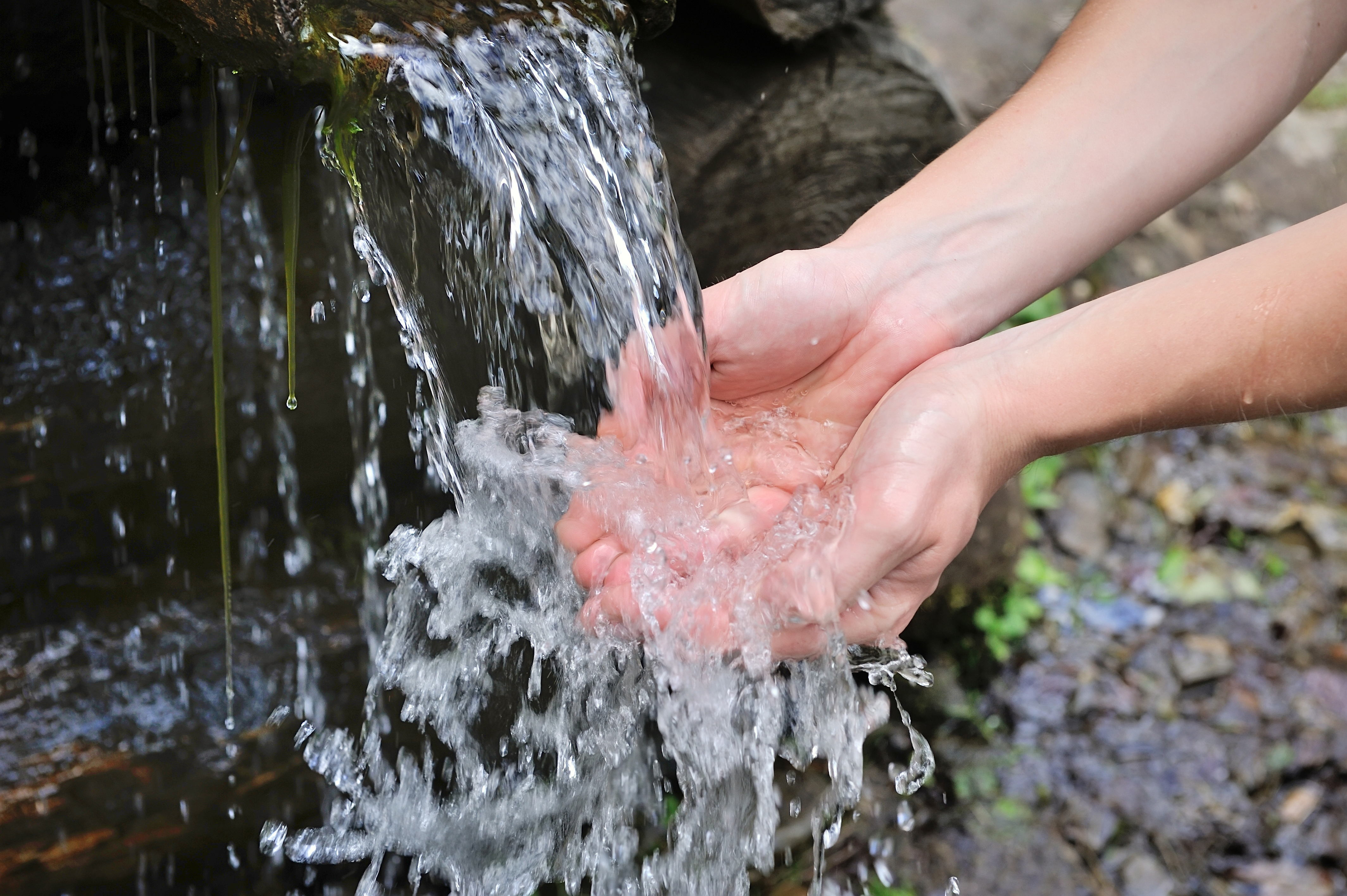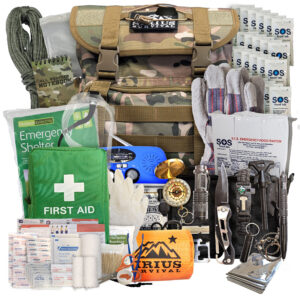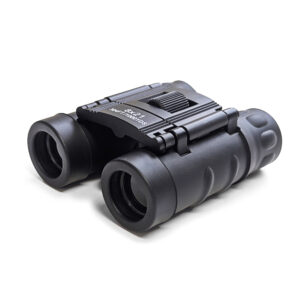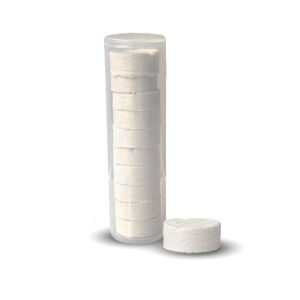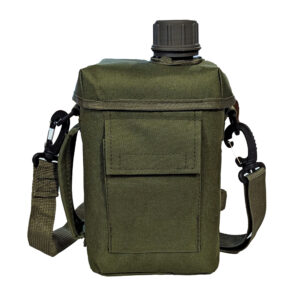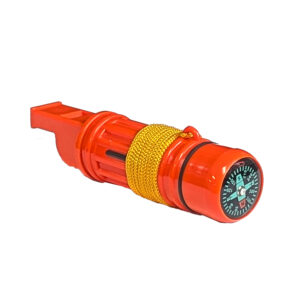Carrying water is essential for any time spent outdoors. Water is an absolute necessity but also one of the hardest items to store and carry. There is no condensing the size, rolling it up, or stuffing it anywhere. You are limited to the parameters and weight that it is. Many of us will only carry the expected amount of water that we think we will need for our time outdoors. The added weight of carrying extra water can be a deterrent. But what if we get stuck, stranded, or injured? Our half a day trip unexpectedly turns into a overnight or multiple day stay. These are all real possibilities and happen all too often. The question we purpose in this article and hopefully answer: Is boiling water always necessary and is it really worth the time and effort?
The short answer: YES (that’s right all capitals)
Waterborne diseases and pathogens are a risk in any standing or ground water you may run across. The source or causes of these pathogens can range from animals, humans, farms, city runoff water the list is endless in this day in age.
Carrying extra clean and purified water with you from home is always the best option but in the event you run out, properly purifying it is essential. The safest way to be sure you are getting the cleanest possible water you can in your situation is to boil it.
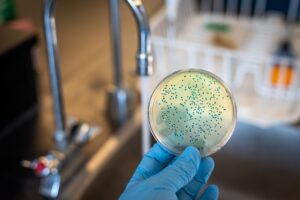
Step one in this process should always be to filter the water. Using a clean rag or T-shirt is a quick easy option. That should take care of any debris and possibly larger organisms. It wont take care of everything but it’s worth the time and effort.
The second step is to boil the water. If possible, it is a great idea to have two separate containers to use for this step. One metal container to boil it in. Preferably a metal pot, bowl or even a metal water bottle. Then have a separate container ready to pour it into to cool down and ultimately consume it from.
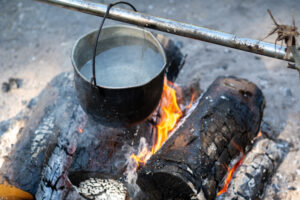
How long and how hot does the boiling process need to be?
The CDC (Center for Disease Control) has released statements and determined that temperatures of 140 to 160 degrees Fahrenheit are sufficient enough to kill any water borne pathogens. They go on to say you will need to keep the boil going at that temperature for 2 to 3 minutes to complete the purifying process. One point to keep in mind though is your location and elevation when doing this. Water will start to boil at a lower temperature if you are above 6,000 feet in elevation due to the lack of oxygen in the environment. If you are in that range, you will need to extend your boiling time to upwards of 5 minutes to properly get up to purification temperature.
Starting the fire to purify your water can be quick and easy with our BigDaddy ferro rod fire starter. Check out the specs and pick one up today!
